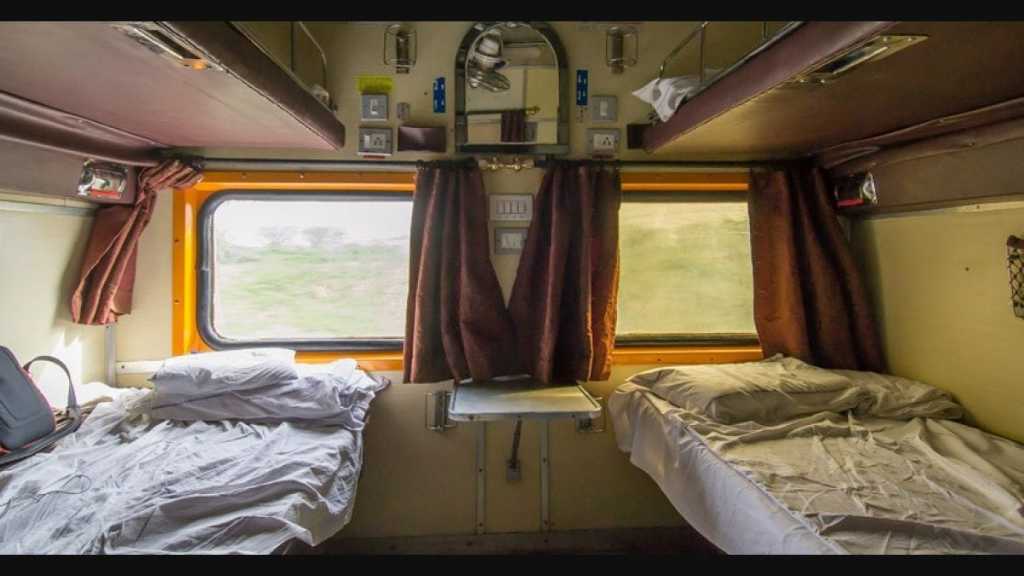Explained: Key Differences Between 1st AC, 2nd AC, and 3rd AC Train Coaches in Indian Railways

Explained: Key Differences Between 1st AC, 2nd AC, and 3rd AC Train Coaches in Indian Railways
Planning a train journey? Learn the major differences between 1st AC, 2nd AC, and 3rd AC classes in Indian Railways, including features, comfort levels, and fare comparisons.
As temperatures soar across India, train travelers are increasingly turning to air-conditioned coaches for a more comfortable journey. But with multiple classes available—1st AC, 2nd AC, and 3rd AC—understanding what each one offers can help passengers choose wisely based on comfort, privacy, and budget.
1st AC: Premium Privacy and Top-Notch Comfort
Indian Railways’ First AC (1A) class is the most luxurious travel option on long-distance routes. Designed for those who prioritize privacy and comfort, these coaches feature two- or four-berth lockable cabins. High-ranking officials and VIPs often prefer 1st AC, and berth allocations are finalized during chart preparation to accommodate special requests, such as coupe preferences for couples.
Passengers enjoy carpeted cabins, personal reading lamps, fresh bedding, call buttons for attendants, and sometimes even private washrooms with hot water—making it a hotel-on-wheels experience.
2nd AC: The Middle Ground for Smart Travelers
Second AC (2A) offers a balance of comfort and affordability. Each bay includes four main berths and two side berths, with no middle tier, offering more space than 3rd AC. Curtains provide a moderate level of privacy, while bedding, charging ports, and reading lights enhance passenger convenience.
With 46–52 berths per coach, 2nd AC is quieter and less crowded, ideal for overnight journeys without breaking the bank.
3rd AC: Budget-Friendly Air-Conditioned Travel
Third AC (3A) is the most widely used AC class, popular among budget-conscious travelers. With 64–72 berths arranged in three tiers—upper, middle, and lower—this class sacrifices some privacy for cost-effectiveness. There are no curtains, but passengers still receive bedding, charging points, and reading lights.
Many long-distance trains now include multiple 3A coaches to meet growing demand, sometimes replacing sleeper class compartments.
New Addition: AC 3-Tier Economy
To further improve affordability, Indian Railways has launched AC 3-Tier Economy coaches. These offer slightly reduced space compared to 3A but at a lower fare. Bedding may not be complimentary on all routes, depending on the train and zone.
Coach Identification Made Easy
Passengers can identify their coach class by looking at digital display boards and coach markings:
- H1: First AC
- A1, A2, A3…: Second AC
- B1, B2, B3…: Third AC
Arriving early and checking platform indicators or consulting station staff can help avoid confusion.
Fare Comparison and Booking Tips
Here’s a quick look at approximate fares for a Mumbai–Delhi journey:
- 1st AC: ₹4,000–₹8,000
- 2nd AC: ₹2,200–₹2,600
- 3rd AC: ₹1,100–₹2,100
Booking early, especially during peak seasons, is essential. Students, senior citizens, and government employees should check for available concessions.












